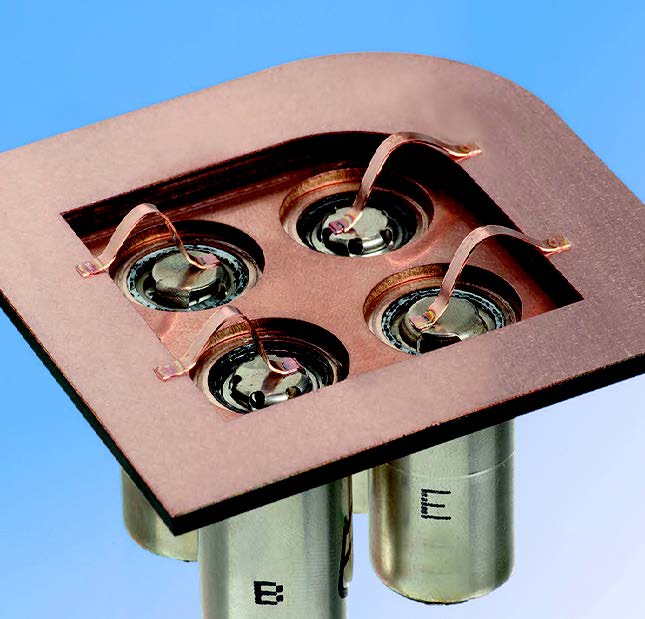The increasing electrification of automobiles requires high-performance energy storage systems – both stationary and mobile. The Fraunhofer Institute for Laser Technology ILT designs complete process chains with highly efficient laser processes for the construction of battery modules or battery packs – from producing battery cells to contacting battery packs. Cell types of various designs are used, such as 18650 round cells, prismatic cells or pouch cells.
 Fraunhofer Institute for Laser Technology ILT
Fraunhofer Institute for Laser Technology ILT